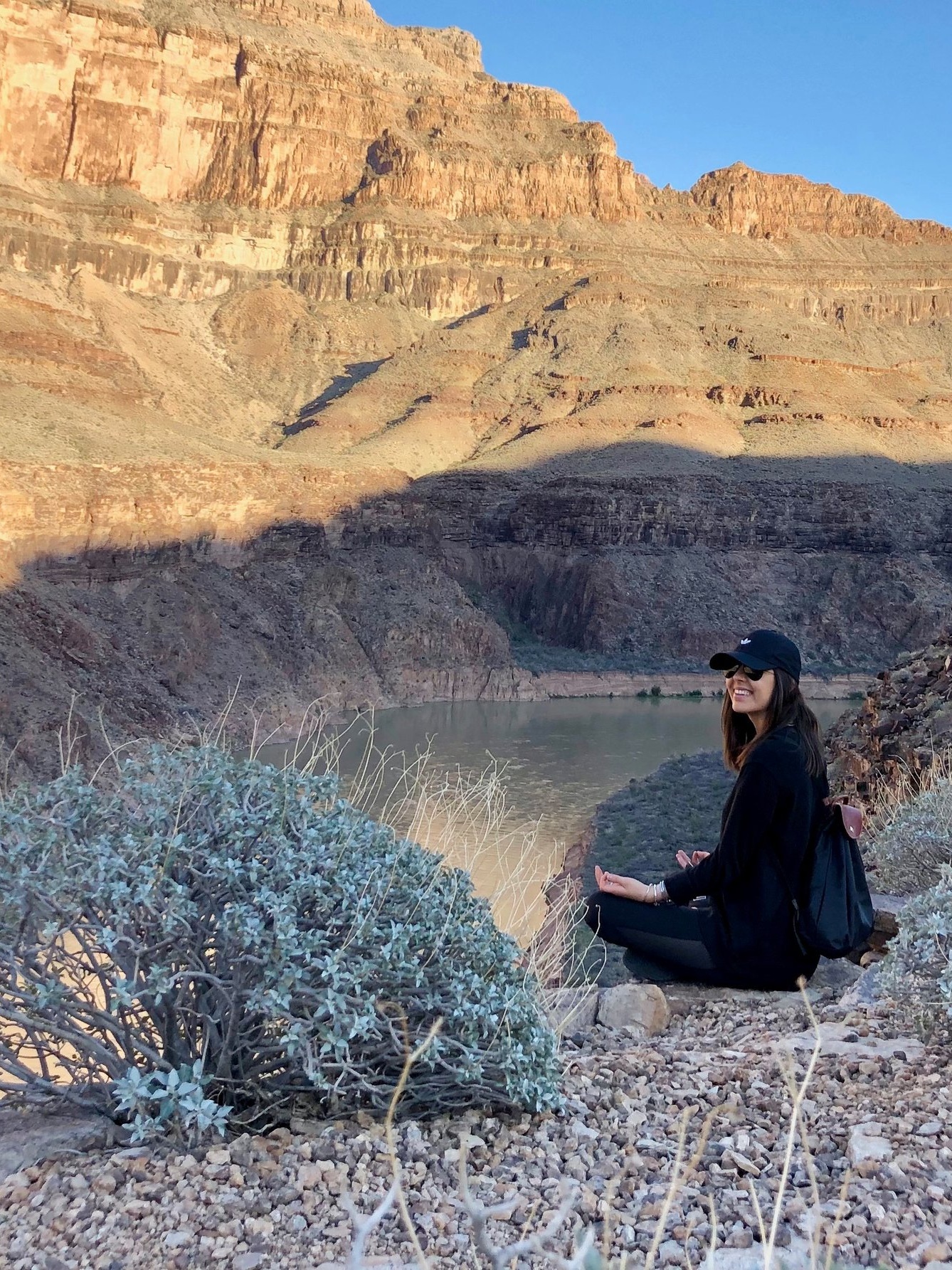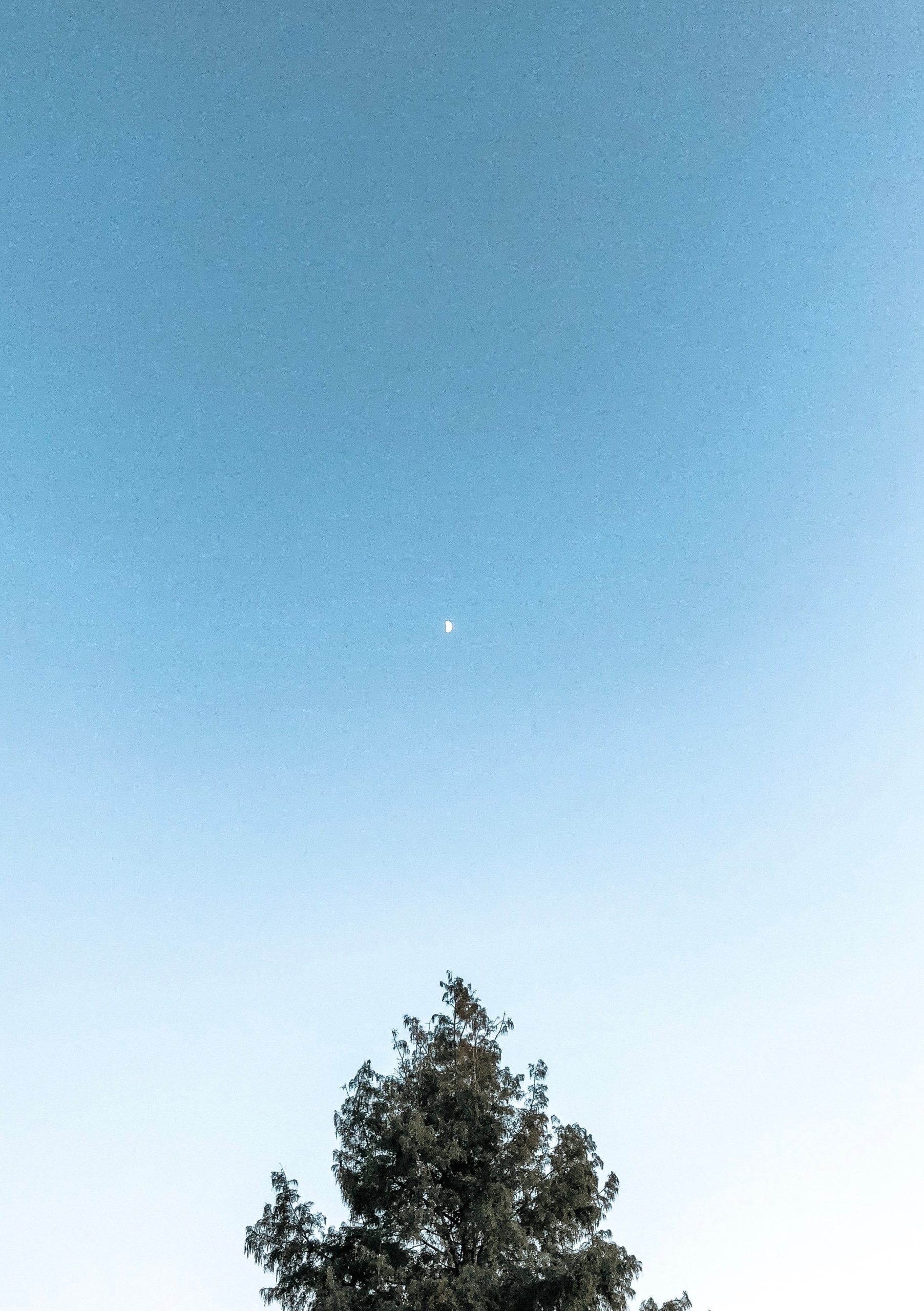The Mindfulness Barrier that Nobody Tells You About
I’ll just come out and say it at the beginning: for me, it has taken a long, long, long time, and a lot of practice, to start to feel like mindfulness or meditation is “working” at all.

Mindfulness and meditation have become such buzz words in the wellness world and in the lifestyle modification/pain management sphere. And for good reason; the benefits of both of these practices are profound and potentially life-altering. They aren’t just buzz words, but real tools you can learn which can change your reality.
They are practices that work, and allow you to see yourself differently, not separate but rather, as a “being”, woven into the fabric of our world. They create space in your mind, and physiologically activate the parasympathetic relaxation reponse in your body. But in my experience, both practices work very, very. very slowly. They are built gradually, like the making of an entire city with cobblestone streets, reinforced and strengthened, brick by brick, each time they are practiced, each time a new brick is placed.
Although mindfulness is discussed in the media as something that takes some patience, my personal experience has been that it requires buckets and buckets of it. I think that is one of the biggest hurdles of implementing mindfulness into your life, accepting just how much patience and time it will take.
I can still remember the first few times I started to feel the “real life” effect of cultivating a mindfulness practice. One was in the waiting room at the Stanford infusion center. While I was racked with anxiety and nerves, I made a conscious choice to tap my thumb methodically to each of my fingers on one hand while taking slooooow, deeeeep belly breaths; repeating in my head “inhale here, exhale now”. And as small as it might seem, that single choice was “it”, one of my first glimpses of mindfulness “working”. I had enough awareness to notice that I had chosen to do this, and then I did it. The fact that I proceeded to have an infusion where I was so nervous I could hardly access any of my mindfulness tools at all was irrelevant, because for just a moment, I was able to use a practice that I was working at strengthening every day, in a moment of distress and crisis. It felt like a big win, and encouraged me to keep meditating, sitting and working on mindfulness.

Image via @alyserurianidesign
Another example was after setting the intention to shift my habit of saying “I’m sorry” as my default response, to a new practice of saying “thank you”; and for the first time, actually having enough awareness around my thoughts to pause and consider whether I really wanted to say thank you in a particular moment. This was so new to me. Normally, an “I’m sorry” would spill out of my mouth before I even had a chance to realize I was saying the words; only afterward would I think “oh, that probably wasn’t warranted”. But slowly, I started to notice a space, a pause, a moment of mindfulness in which I could decide how I wanted to respond and react. The times that I noticed this space added up little by little, and over time it became habit (or as I like to think of it, one of my #mindfulnesswins!) I found that this pause helped to prevent unintentional “I’m sorry’s” from slipping out just to fill space or people please. Now, I’m about 90% better at doing this than I used to be.
Another big and recent #mindfulnesswin has been lowering my reactivity with my partner and family. This has been a big intention of mine for a long time, as I struggle with reactivity and taking out my pain or frustration on a very short list of people with whom I am entirely comfortable around. This list includes the people I love most in the world, (aka not the people I want to be reactive and short with) but instead, the people I want to pour as much love over as possible. I set the intention months ago to be less reactive, and more intentional with my words when I am frustrated around this group. Essentially, to sweat the small stuff less, in the moments that my guard is at its lowest. After months of working towards creating awareness around this issue, over the past few weeks, I have found myself more able to pause when I am about to be reactive or make a snappy comment and experiencing physical pain. That pause, and the space it creates, provides me the choice to take a few deep breaths and instead respond with kindness; which feels so empowering and aligned with who I am and how I want to be in this world.
To notice mindfulness start to “work” feels like magic. But expectations have to be set. It doesn’t happen overnight, and once you start to make progress in one area, this doesn’t mean it’s forever fixed. It’s gradual, intentional and truly a practice. It is something to integrate into your life and to work on daily (or if that doesn’t happen, to work on most days, or to sometimes have periods in your life that you hardly work on it at all). The beauty of this practice is that it is always there for you, waiting for your return, when you have the time and energy.

Mindfulness practice includes listening to guided meditations and feeling like they aren’t “doing” anything, over and over again. It’s knowing that every time you make space to practice, you’re laying down a single brick on a long cobblestone road that will eventually become your mindfulness path. Brick by brick, choice by choice, moment by moment, sit by sit…you build yourself a calmer and more intentional road, a calmer and more intentional life.
So if you’ve “tried mindfulness” and it hasn’t “worked” for you, maybe it’s time to reframe it. If you’ve tried it, you’ve laid down a brick, or maybe even, a whole line of them. But, the work is to keep laying down bricks, until your path is paved enough to take that first step; that beautiful first “a-ha” moment where all of your “pointless sits” and “not particularly relaxing guided breathing sessions” feel like they might actually be helping you. And then to do all of that over and over again until you get another step, another “a-ha” moment. And so on and so on.
I hope this is helpful and encouraging to you. Your mindfulness journey and practice will be your own, and it can’t be sped up by mirroring someone else’s and expecting their results. Your path will be unique, individual, and unlike anyone else’s on the planet. Keep an open mind, try different guided meditations, look for mindful moments in unlikely places, meditate on the floor, in bed, sitting under a tree, while walking your dog, washing the dishes or while gazing at a sunset…the opportunities are endless! Most important of all; just keep going, keep practicing, even when you’re so distracted that you cheat and check your phone half way through.
Every single time you make any effort to grow your mindfulness practice, you are making progress, even when it doesn’t feel like it.
Some of my favorite mindfulness and meditation resources:

-
Calm app (I know a lot of people also love the Headspace app too)
-
Yoga Wake Up app (get an exclusive 25% off with this link!)
-
Meditation Oasis podcast
-
Insight timer app
-
Sarah Small’s 21 Days of Healing Program (especially the included guided meditations)
-
“You Can Heal Your Life” audiobook by Louise Hay (listen to this!!!)
Happy meditating and may your mindfulness path be ever expanding ♀️ thanks for reading along, and please share any resources you love in the comments!
January 29, 2019
Meet Natalie
I share each step along my road to wellness and healing and hope that in doing so I can inspire you along your own path. Thank you so much for being here.
This is so so true! Feeling the benefits of mindfulness or even only thinking of it as bearable took foreveeeer!!!!!
I first developed a mindfulness habit while battling depression (no chronic migraine then) and I found it really helpful to anchor checking in with my body and my thoughts to activities I do regularly. For example, back then I rode the subway quite often. Every time I stepped into the subway I used the first few minutes to check in with myself. How am I feeling? What thoughts are running through my head? What do I need right now? Then I added the habit to every time I left the house, every time before I ate, …
Now I do this regularly without needing the anchoring. And the answer to "what do I need?" often is meditation, while back when I started it wasn’t anything I felt I needed. But the little habits kept adding up to a more and more mindful life.